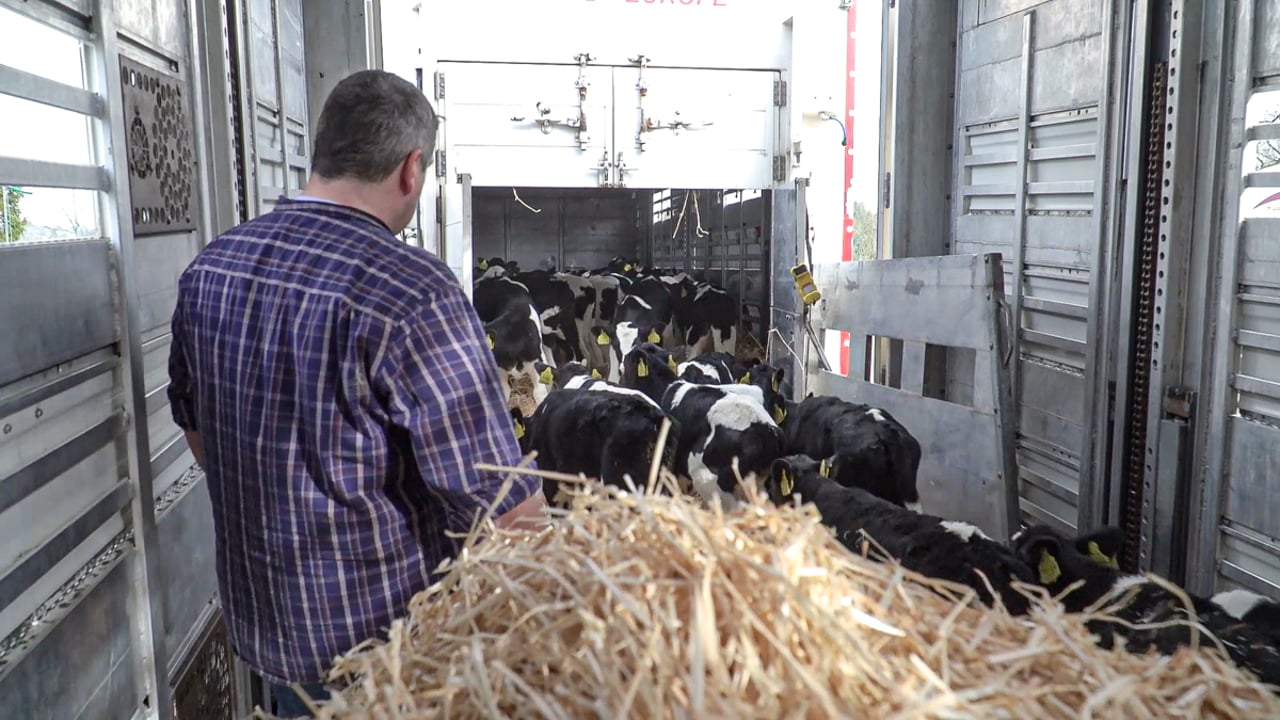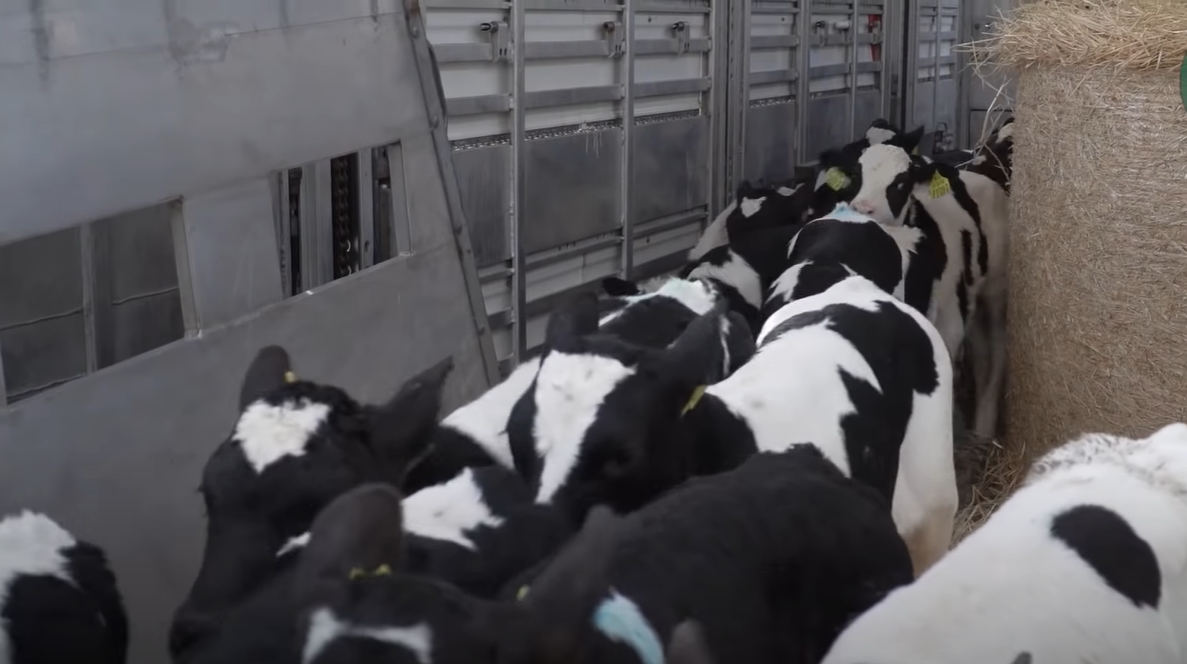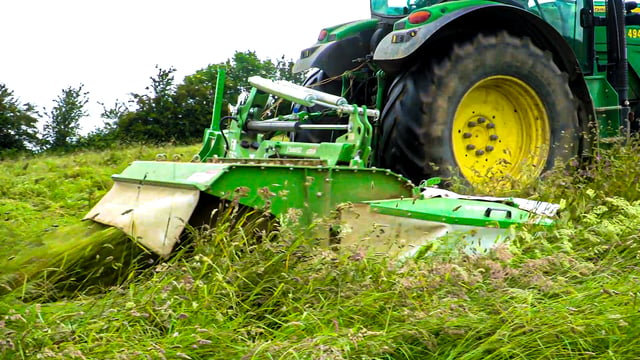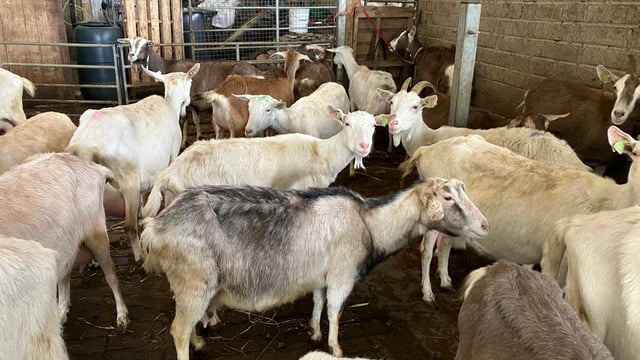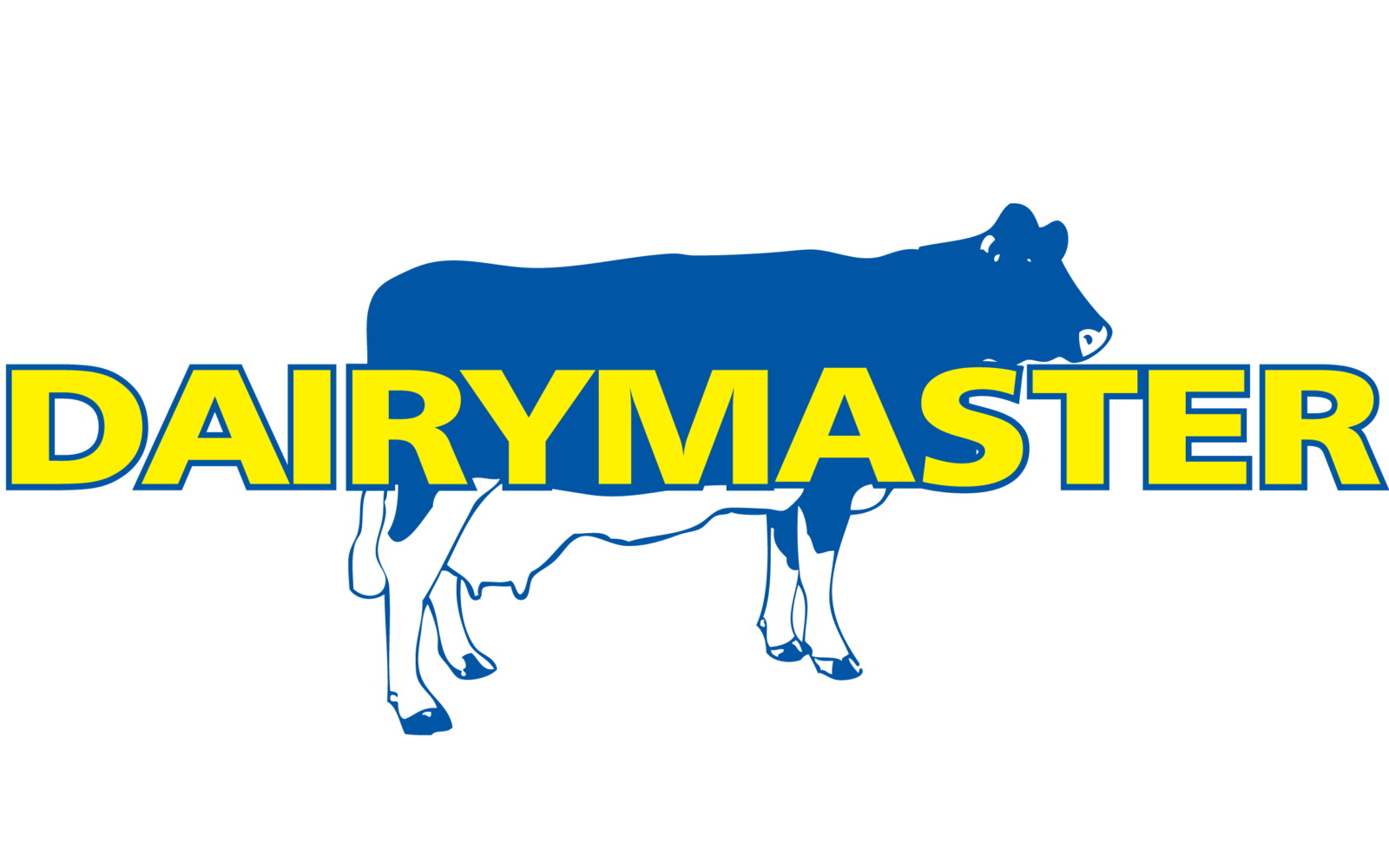DAFM dealing with 'pressures emerging' regarding live exports
The Department of Agriculture, Food and the Marine (DAFM) is "trying to deal with the pressures emerging" regarding Irish live exports "as best it can", the DAFM secretary general, Brendan Gleeson has said.
"Our policy has been to protect live exports and we have done that in successive years," the secretary general said speaking before the Joint Oireachtas Committee on Agriculture, Food and the Marine last week.
However, there have been "pressures emerging" for Irish live exports which are an "important commercial outlet" for famers, with about 300,000 calves exported last year, Gleeson told committee members on July 3.
The DAFM has had "some kind of discussion" from some of the companies that buy Irish calves for veal production in the Netherlands, suggesting that they "might stop doing that" from the end of 2026, he told the committee.
Last week, Agriland reported that calf exports from Ireland to the Netherlands could face strict new rules from January 2026 which could see the trade come to a halt, according to a plan recently presented to the Dutch government.
Gleeson said that last year the Dutch parliament passed a motion calling on the Dutch government to end the import of calves. "But of course we are part of the single market so I am not sure how they could do that legally," he added.
This comes in addition to the proposals coming from the European Commission which seek to implement legislation for a minimum age of five weeks and a minimum weight of 50kg for unweaned calves to be transported.
The DAFM previously said around 70% of all calves transported from Ireland to neighbouring EU member states are less than five weeks old, which means the proposal would “exclude” most of the animals currently transported from Ireland.
However, the secretary general added that "one of the successes" in the negotiations was regarding the time spent at sea which was a "specific Irish intervention". The DAFM continues to work with the commission on that aspect.
Provided that animals on board of sea vessels have sufficient space to be able to lie down and rest, have feed and water in sufficient amounts and at appropriate intervals, the time spent at sea should not be counted as journey time, the proposal states.
"So we do have all of these pressures emerging. We try and deal with them as best we can, [and] we are trying to negotiate with the commission in terms of the new proposal.
"We are also working with stakeholders in Ireland to try and make sure that calves are well cared for [and] that we produce a better class of beef-bred calf from the dairy herd," he said.
Also speaking before the Oireachtas, chief veterinary officer at the DAFM, Dr. Martin Blake said the discussion has been driven by the "need to ensure that dairy male calves in particular are cared for and have a utility once they are born".
Dr. Blake, who leads the Calf Stakeholder Forum, said "one of the great successes" that arose out of this is the increased use of sexed semen. Year to date, the birth rate of dairy male calves was reduced from 380,000 two years ago to 270,000.
The stakeholder forum was provided with an update in relation to the developments in the Netherlands during a meeting last week, according to the chief veterinary officer.
Industry standards are suggesting that the Netherlands will be reducing the intake of imported calves from the beginning of 2026. Not specifically from Ireland, but imported calves generally, Dr. Blake said.
While the country wants to reduce the carbon footprint of its calf imports and ensure the calves born in the Netherlands are also being bred and grown there, he said the plan also reflects "pressures in relation to nitrates".
"There is a significant issue in relation to that particular type of calf being exported to the Netherlands over the next twelve, eighteen months.
"Bord Bia are part of this group as well and Bord Bia are looking in the context of developing other markets for calves," he told the committee addressing both the Dutch imports as well as the EU's animal transport proposal.
On the EU proposal, he said that the "sense generally across Europe would be that, whatever the outcome of the negotiations of the transport rule would be, it will be pushing towards an older calf being moved".
"I think the biggest challenge we have is no matter what, we have to come up with a way to feed the calves on the ferry. That's the challenge that is actually out there now. To my mind, it is an engineering challenge," he added.

